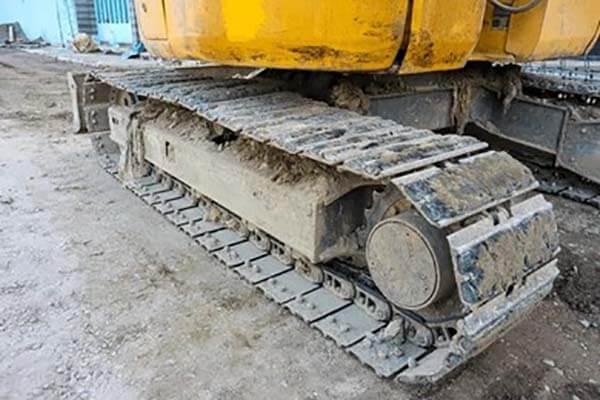What are the different types of final drives used in excavators?

The final drive provides the necessary torque to propel the
excavator over various terrains. It must handle heavy loads and
withstand the stresses and strains of continuous operation. It also helps control the speed and direction of the excavator's movement.
There are several different types of final drives used in excavators.
1. Planetary Final Drives
·
These are widely used in
excavators. Planetary final drives consist of planetary gears
arranged around a central sun gear. The multiple gears work together to provide
high torque multiplication and efficient power transmission. They are known for
their durability and ability to handle heavy loads.
·
Advantages: Offer high torque
output, compact design, and reliable performance. They can handle the demanding
conditions of construction sites.
·
Disadvantages: Can be more
complex to repair and maintain compared to some other types.
2. Spur Gear Final Drives
·
Spur gear final drives use
straight-cut gears to transmit power. They are relatively simple in design.
·
Advantages: Simple construction
makes them easier to understand and potentially less expensive to manufacture.
·
Disadvantages: May not provide
as much torque as planetary final drives and can be noisier during operation.
3. Helical Gear Final Drives
·
Helical gears in these final
drives offer smoother operation and reduced noise compared to spur gears.
·
Advantages: Provide quieter
operation and better meshing of gears, resulting in less wear and longer
service life.
·
Disadvantages: Slightly more
complex and may be more expensive than spur gear final drives.
4. Hydrostatic Final Drives
·
These use hydraulic power to
drive the tracks or wheels. Hydrostatic final drives offer precise control over
speed and direction.
·
Advantages: Excellent
controllability, allowing for smooth acceleration and deceleration. Can be
easily integrated with the excavator's hydraulic system.
·
Disadvantages: More complex
hydraulic systems can be more prone to leaks and require regular maintenance.
Higher initial cost compared to some mechanical final drives.
Post Your Ad Here
Comments